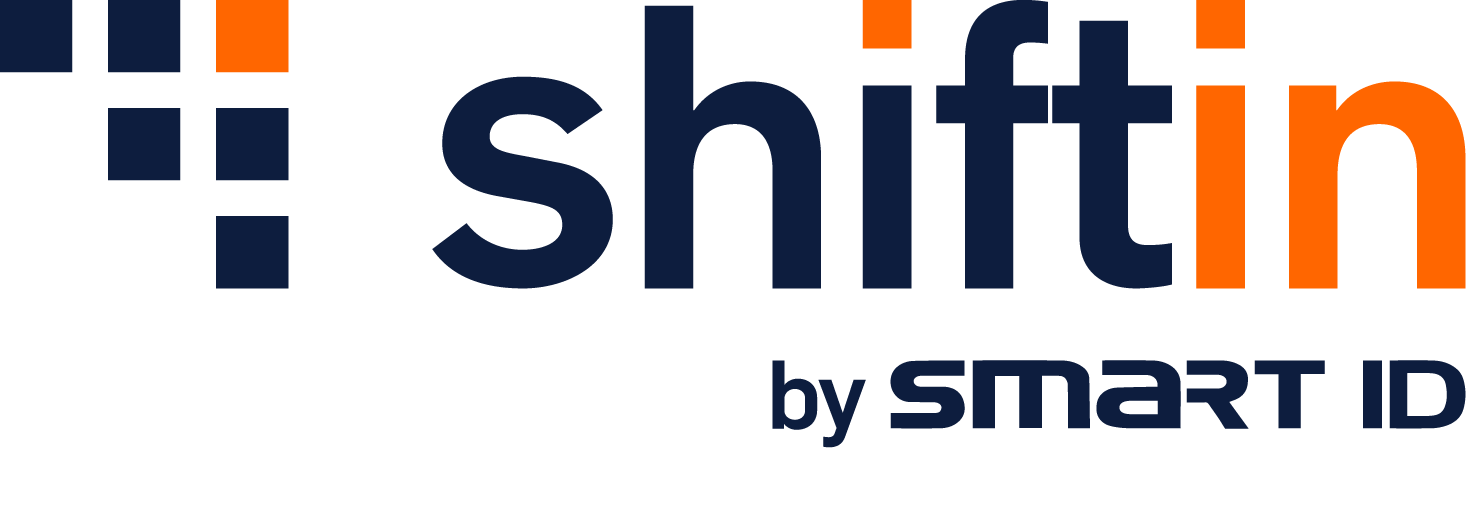The retail industry is facing great challenges in the social and economic context of recent years. The customers’ behavior has changed – they are more cautious when spending their money or have limited their visits to physical stores in favor of online shopping. The competition in the Retail market is increasing and one of the best opportunities for differentiation is cost efficiency and especially optimizing the workforce cost of hours.
Optimizing the workforce hours does not always mean reducing the capacity of the workforce, as is often understood, but rather redistributing them so that they are aligned with the staff shortages to be as profitable as possible.
For team managers in the Retail industry, the challenges are even greater, as they have to fulfill multiple issues, such as unpredictable fluctuations in staff shortages and sales, increasingly demanding daily workforce requirements, workforce retention, sustaining business growth, controlling expenses, and the monthly time commitment to the scheduling process. And above all, all these aspects must be well framed by compliance with labor legislation.
Here are some best practices that you can implement immediately to optimize your workforce scheduling:
1) Use a Retail software tool
Such software can digitize and subsequently optimize your scheduling process. Choose one that allows you to integrate all processes, from HR administration to scheduling, attendance, timesheet and payroll. The information will circulate traceably and automatically, the effort put into each of these steps will be optimized to the maximum for your HR teams.
2) Schedule shifts based on sales forecasts or expected staff shortages
Whether you use templates created according to the business curve of the day or directly the business objectives for the period you want to schedule, an intelligent algorithm of scheduling software can propose the optimal shift structure adapted to your business. In seconds, just a click away. This way, you will have a good overview of the required capacities in relation to your business ambition. At the same time, you will make informed decisions about over-structured or under-structured teams.
3) Flexible time schedule has a positive impact on several important aspects of the business
Flexible time is beneficial from several perspectives:
- It can support your better availability at key times of the day or month, such as peaks in staff shortages or filling shelves with products in line with delivered volumes.
- It will support reduced absenteeism because workforce scheduling can be agreed with the employee according to personal life priorities
- It will be a good differentiator for recruiting varied and diversified workforce’ profiles
- Increase workforce engagement and satisfaction
4) Keep workforce overtime under control by using a varied structure
By having part-time profiles and a full-time workforce in your team structure, you can manage shift coverage on staff shortages or activity much faster and more dynamically. Scheduled hours in fixed shifts for full-time employees can often be unproductive.
5) Agree with the workforce structures whether labored hours can be used as polyvalent or to cover open shifts in other locations or departments.
The workforce structures may be interested in mobility and flexibility when their personal lives allow it.
Optimizing the distribution of labored hours often means reusing them in the right place at the right time. This can also mean that an employee in one store may be available and interested in working punctually in another store closer to home or their child’s school. You can also use incentives for the employees who perform difficult open shifts. Costs will certainly be greatly optimized and your employees can round up their income as and when they decide.
An automated shift scheduling software can give you the best suggestions of eligible and available people and they can provide their availability in real-time using a mobile app.
6) Use cyclical template scheduling according to a set pattern
The employees will appreciate the predictability of their working time and as long as they have been consulted in its development, the monthly work dedicated to scheduling will fundamentally decrease, helping you to reuse time for business purposes, for example.
7) Consult your employees about their preferences and availability for work
In today’s job market, the workforce has many options to choose from. And they will choose the job that brings them the most satisfaction. This can mean consideration, quality of life, variable income, and control of their time, when or where they work.
After all, workforce shift scheduling can be the best lever towards job satisfaction. And the quality of life also means control over work-life balance.
How can we help you?
We can help you:
• A team with business and HR expertise to accompany you through the stages of defining your human capital scheduling framework and strategy, as well as change management.
• software tool – shiftin – built around the same needs you are aware of, to help you digitize and automate your workforce scheduling process to support your business performance.
About the author:

Alina Raicu-Vitan
Product Owner shiftin
Expertise in Human Resource and Operations Excellence, Change Management and Scheduling Strategy





